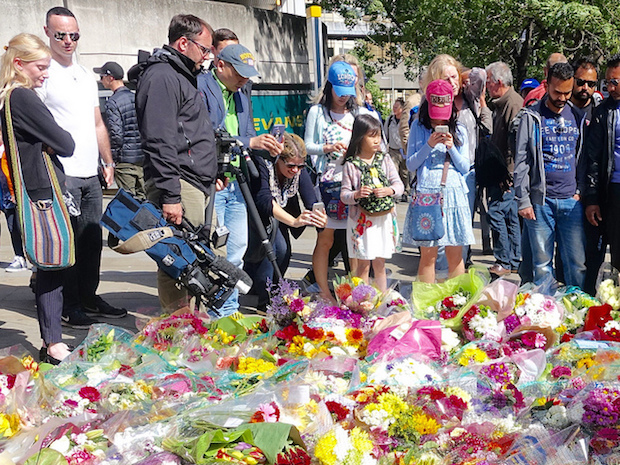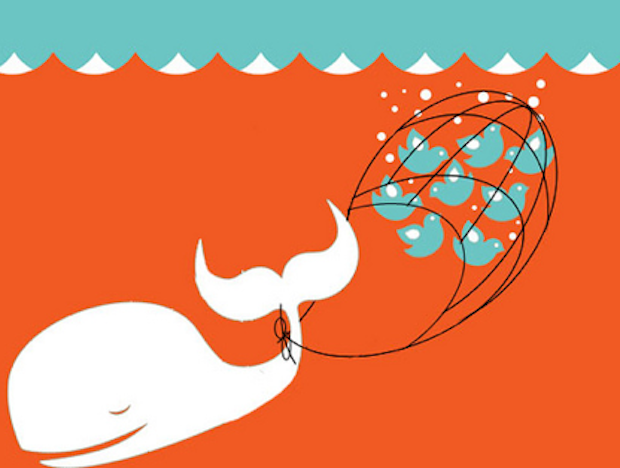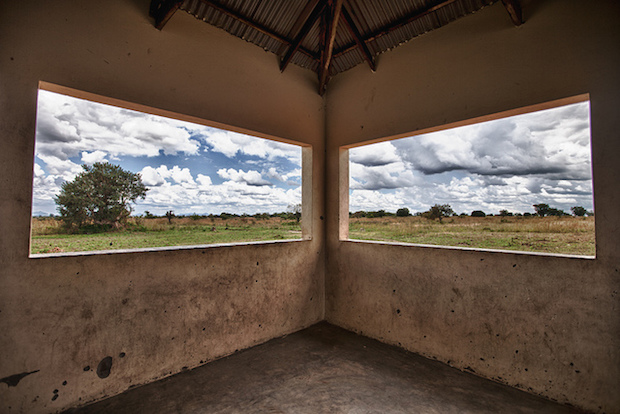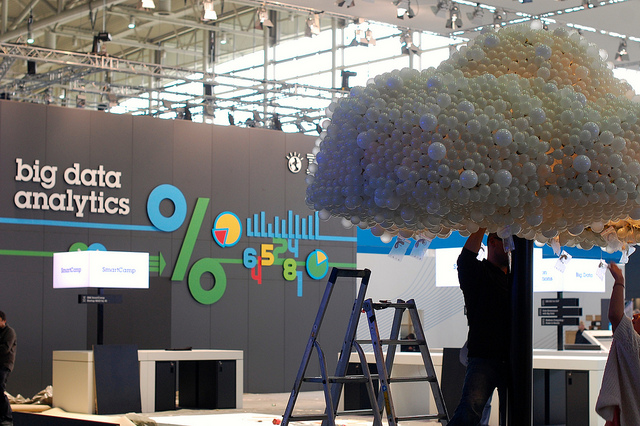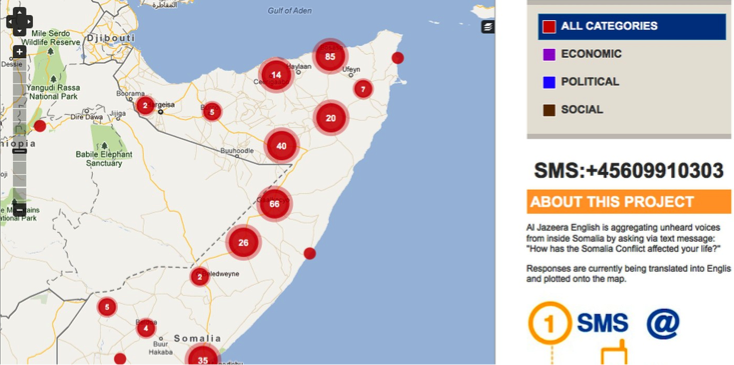
These projects are examples of citizen science; collaborative research undertaken by professional scientists and members of the public. Through these projects, individuals who are not necessarily knowledgeable about or familiar with science can become active participants in knowledge creation (such as in the examples listed in the Chicago Tribune: Want to aid science? You can Zooniverse).
The Zooniverse is a predominant example of citizen science projects that have enjoyed particularly widespread popularity and traction online.
While online citizen science is a relatively recent phenomenon, it has attracted considerable academic attention. Various studies have been undertaken to examine and understand user behaviour, motivation, and the benefits and implications of different projects for them. For instance, Sauermann and Franzoni’s analysis of seven Zooniverse projects (Solar Stormwatch, Galaxy Zoo Supernovae, Galaxy Zoo Hubble, Moon Zoo, Old Weather, The Milkyway Project, and Planet Hunters) found that 60 percent of volunteers never return to a project after finishing their first session of contribution. By comparing contributions to these projects with those of research assistants and Amazon Mechanical Turk workers, they also calculated that these voluntary efforts amounted to an equivalent of $1.5 million in human resource costs.
Our own project on the taxonomy and ecology of contributions to the Zooniverse examines the geographical, gendered and temporal patterns of contributions and contributors to 17 Zooniverse projects between 2009 and 2013. Our preliminary results show that:
- The geographical distribution of volunteers and contributions is highly uneven, with the UK and US contributing the bulk of both. Quantitative analysis of 130 countries show that of three factors – population, GDP per capita and number of Internet users – the number of Internet users is most strongly correlated with the number of volunteers and number of contributions. However, when population is controlled, GDP per capita is found to have greater correlation with numbers of users and volunteers. The correlations are positive, suggesting that wealthier (or more developed) countries are more likely to be involved in the citizen science projects.

- Female volunteers are underrepresented in most countries. Very few countries have gender parity in participation. In many other countries, women make up less than one-third of number of volunteers whose gender is known. The female ratio of participation in the UK and Australia, for instance, is 25 per cent, while the figures for US, Canada and Germany are between 27 and 30 per cent. These figures are notable when compared with the percentage of academic jobs in the sciences held by women. In the UK, women make up only 30.3 percent of full time researchers in Science, Technology, Engineering and Mathematics (STEM) departments (UKRC report, 2010), and 24 per cent in the United States (US Department of Commerce report, 2011).
- Our analysis of user preferences and activity show that in general, there is a strong subject preference among users, with two main clusters evident among users who participate in more than one project. One cluster revolves around astrophysics projects. Volunteers in these projects are more likely to take part in other astrophysics projects, and when one project ends, volunteers are more likely to start a new project within this cluster. Similarly, volunteers in the other cluster, which are concentrated around life and Earth science projects, have a higher likelihood of being involved in other life and Earth science projects than in astrophysics projects. There is less cross-project involvement between the two main clusters.

- In addition to a tendency for cross-project activity to be contained within the same clusters, there is also a gendered pattern of engagement in various projects. Females make up more than half of gender-identified volunteers in life science projects (Snapshot Serengeti, Notes from Nature and WhaleFM have more than 50 per cent of women contributors). In contrast, the proportions of women are lowest in astrophysics projects (Galaxy Zoo Supernovae and Planet Hunters have less than 20 per cent of female contributors). These patterns suggest that science subjects in general are gendered, a finding that correlates with those by the US National Science Foundation (2014). According to an NSF report, there are relatively few women in engineering (13 per cent), computer and mathematical sciences (25 per cent), but they are well-represented in the social sciences (58 per cent) and biological and medical sciences (48 per cent).
- For the 20 most active countries (led by the UK, US and Canada), the most productive hours in terms of user contributions are between 8pm and 10pm. This suggests that citizen science is an after-dinner activity (presumably, reflecting when most people have free time before bed). This general pattern corresponds with the idea that many types of online peer-production activities, such as citizen science, are driven by ‘cognitive surplus’, that is, the aggregation of free time spent on collective pursuits (Shirky, 2010).
These are just some of the results of our study, which has found that despite being informal, relatively more open and accessible, online citizen science exhibits similar geographical and gendered patterns of knowledge production as professional, institutional science. In other ways, citizen science is different. Unlike institutional science, the bulk of citizen science activity happens late in the day, after the workday has ended and people are winding down after dinner and before bed.
We will continue our investigations into the patterns of activity in citizen science and the behaviour of citizen scientists, in order to help improve ways to make science more accessible in general and to tap into the resources of the public for scientific knowledge production. It is anticipated that upcoming projects on the Zooniverse will be more diversified and include topics from the humanities and social sciences. Towards this end, we aim to continue our investigations into patterns of activity on the citizen science platform, and the implications of a wider range of projects on the user base (in terms of age, gender and geographical coverage) and on user behaviour.
References
Sauermann, H., & Franzoni, C. (2015). Crowd science user contribution patterns and their implications. Proceedings of the National Academy of Sciences, 112(3), 679-684.
Shirky, C. (2010). Cognitive surplus: Creativity and generosity in a connected age. Penguin: London.
Taha Yasseri is the Research Fellow in Computational Social Science at the OII. Prior to coming to the OII, he spent two years as a Postdoctoral Researcher at the Budapest University of Technology and Economics, working on the socio-physical aspects of the community of Wikipedia editors, focusing on conflict and editorial wars, along with Big Data analysis to understand human dynamics, language complexity, and popularity spread. He has interests in analysis of Big Data to understand human dynamics, government-society interactions, mass collaboration, and opinion dynamics.





